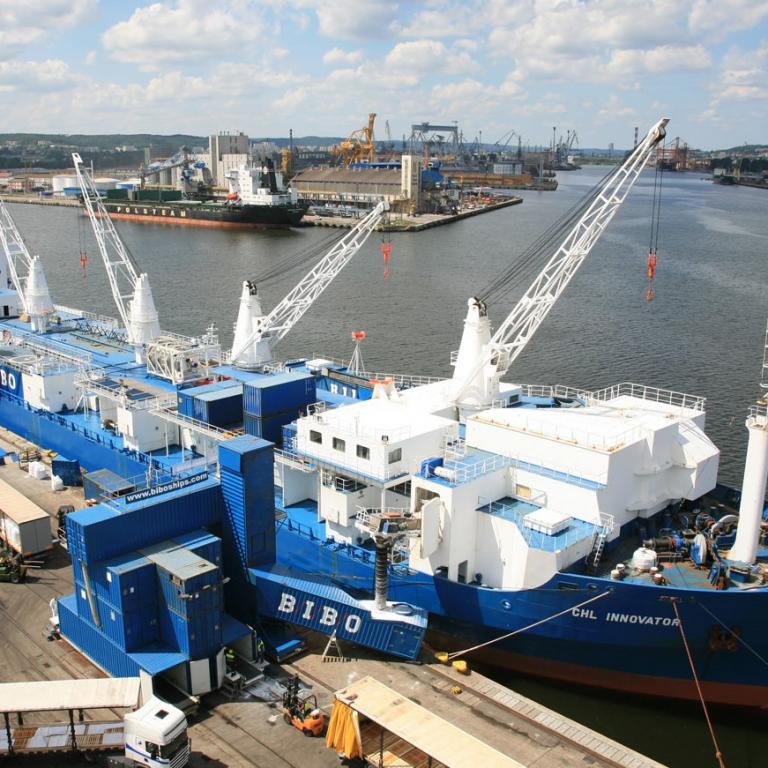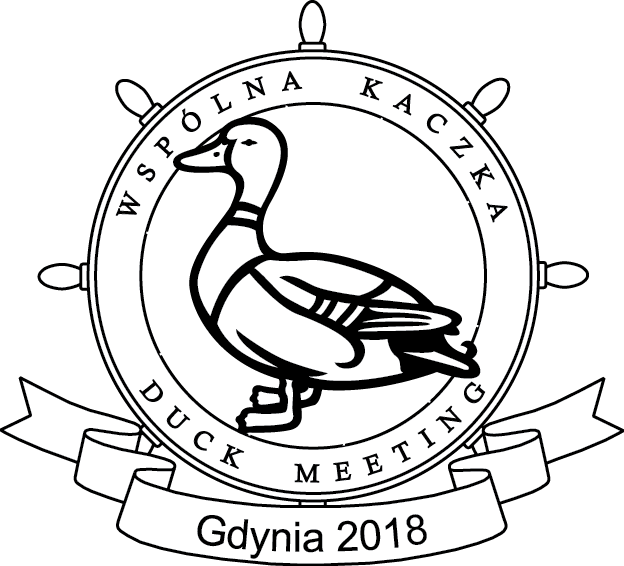
2016-09-19
Inland prospects
Estimates show that in 15 years, the share of inland waterway shipping in freight transport, including to Polish sea ports, will rise up to even 15% – announces the Ministry of Maritime Economy and Inland Navigation. Currently, that value is 0.4%. Data presented by the Ministry indicates that the share of inland waterway transport in Poland is much lower than that of our neighbours without access to sea. For example, in Slovakia this share amounts to 2%, while in Hungary – 3%. This disadvantageous situation is to be changed by the “Assumptions to the Development Programme for Inland Waterways in Poland for the years 2016-2020, with an Outlook to 2030”.
However, a question arises: which of our rivers – the Oder River or the Vistula River – can count on a more favourable treatment from the authorities? The document assumes that the Oder River will be navigable in its entire length by 2030, whereas transport on the Vistula River will be possible on the Gdańsk – Warsaw route. On the above-mentioned sections, both rivers are to meet the parameters of international shipping routes.
Concerning the Oder Waterway, which requires less expenditures than the Vistula River, its adaptation to meet the Va class parameters and inclusion into the European waterway network has been scheduled to be completed by 2030. In addition, it is envisaged to create a Polish section of the Oder – Łeba – Danube water corridor and build the Silesian Canal connecting the Oder and the Vistula Rivers. As far as the Vistula River is concerned, it is envisaged to implement investments aimed to improve the river’s navigation conditions. It is also planned to extend the Warsaw – Brześć connection and implement the river information service (RIS) on all waterways of international importance in Poland. Starting from 2017, the government intends to earmark approximately PLN 1.6 billion per annum for the implementation of these projects. However, as pointed out by experts in this field, for the development of inland waterway freight transport to be possible, it is also necessary to invest in inland ports, including in Solec Kujawski, which could handle containers arriving from Tricity ports.
The document also provides for tasks to be implemented in the short- and long-term perspective. In the former case, by 2020, it is envisaged, among other projects, to remove waterway bottlenecks by modernising the hydrotechnical infrastructure, prepare feasibility studies for all investments to be implemented in the long-term perspective, develop the best possible method for financing investments, begin the construction of barrages on the Oder River – below Malczyce in Lubiąż and Ścinawa, and on the Vistula River – below Włocławek.
The topic of transport solutions is going to be discussed during the Sea Ports panel to be held at the Maritime Economy Forum Gdynia 2016.
Photography: Tadeusz Urbaniak/ZMPG-a S.A


